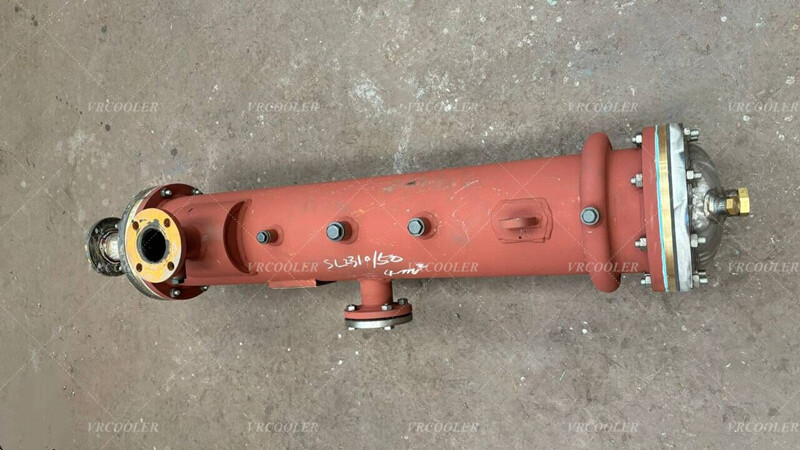What is a Drain Cooler?
A drain cooler is a type of heat exchanger device used to cool the condensate or drain water in various industrial processes and systems.
It typically consists of a shell and a tube bundle, similar to a shell - and - tube heat exchanger. The condensate or drain water flows through the tubes, while a cooling medium, such as cooling water or air, flows over the outside of the tubes in the shell. This design allows for efficient heat transfer between the two fluids.
Working Principle
The hot condensate or drain water enters the drain cooler and gives up its heat to the cooler medium. As the heat is transferred, the temperature of the condensate or drain water is reduced, and it is then discharged at a lower temperature. This helps in recovering some of the heat energy from the condensate or drain water and also prevents the hot water from causing thermal stress or other problems when it is discharged or reused.
Applications
Power Plants: In power plants, drain coolers are used to cool the condensate from steam turbines. The condensate is hot after it has passed through the turbine and given up its energy to generate electricity. By cooling the condensate, it can be more easily returned to the boiler for reuse, reducing the amount of makeup water needed and improving the overall efficiency of the power plant.
Industrial Processes: Many industrial processes that involve steam or hot water systems produce condensate or drain water. Drain coolers are used to cool this water before it is discharged or recycled. For example, in chemical plants, food processing facilities, and textile mills, drain coolers help in recovering heat and reducing water waste.
HVAC Systems: In heating, ventilation, and air - conditioning (HVAC) systems, drain coolers can be used to cool the condensate from air - handling units or steam - based heating systems. This helps in improving the energy efficiency of the HVAC system and preventing the growth of mold and bacteria in the condensate.
Advantages
Energy Recovery: By cooling the condensate or drain water, drain coolers can recover a significant amount of heat energy, which can be reused in the process or used to pre - heat other fluids. This helps in reducing energy consumption and operating costs.
Improved System Efficiency: Cooling the condensate or drain water helps in maintaining the proper operating temperature of the system, which can improve the efficiency of pumps, valves, and other components. It also reduces the risk of thermal damage to equipment.
Environmental Benefits: By reducing the temperature of the discharged water, drain coolers help in minimizing the impact on the environment. Hot water discharged into water bodies can cause thermal pollution, which can harm aquatic life. Cooling the water before discharge helps in protecting the environment.


